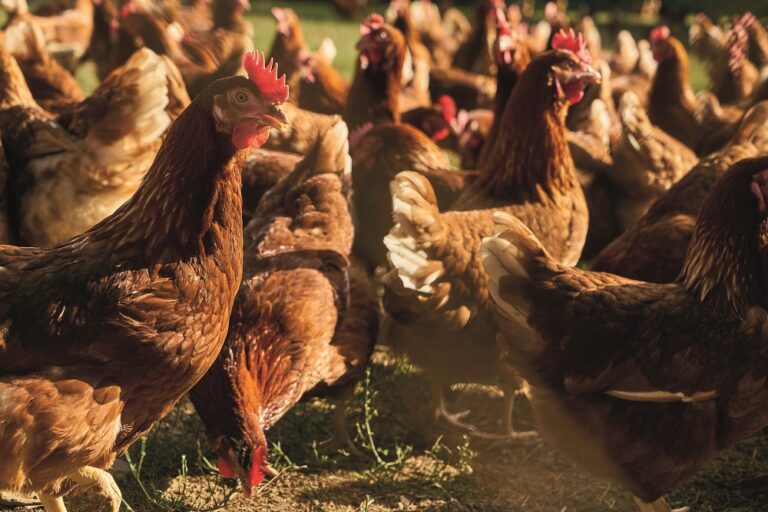RSPCA Assured has today announced the publication of the final iteration of the RSPCA’s welfare standards for laying hens, following ongoing engagement with scheme members and the industry.
Last year, RSPCA Assured paused the release of the RSPCA’s new standards to its members to allow time to provide additional support to members and find practical solutions to challenges with meeting the standards.
A key point of concern was the new requirement for natural daylight. However, following extensive collaboration with the laying hen industry, the RSPCA has now published the final version of the 2025 standards.
Kelly Grellier, RSPCA Assured’s Chief Commercial Officer, said: “A number of amendments have been made to the natural daylight standard to ensure the implementation process ties in with a member’s planned refurbishment cycle. This will make implementation of the standard more practical and achievable, whilst still progressing hen welfare.
“The RSPCA always undergoes a thorough consultation process when developing standards, and we’ve dedicated a lot of additional time over the last year listening to and collaborating with our members and the industry in response to their feedback.
“Progressing welfare is a team effort and we’re so proud to have such an engaged and dedicated membership to work with. Working together to find solutions gives the greatest chance of achieving this standard, ensuring that all hens experience natural daylight.”
The key amendments to the natural daylight standard are as follows:
Either at the time of refurbishment cycle or by 1 January 2035, whichever is sooner, free-range members must provide 3% natural daylight to hens. When carrying out planned internal refurbishments, free-range members must include the extension of pop holes or light inlets (i.e. windows) within the current structural framework of the house to meet 3% natural daylight.
From 1 October 2025, free-range members building a new house or conducting major structural refurbishments to an existing house, must provide 3% natural daylight through windows. This is in addition to the natural daylight provided through pop holes.
From 1 October 2025 all free-range hens must have access to natural daylight through their pop holes during housing orders (e.g. in the event of AI outbreaks). In order to achieve this, producers could put clear material (e.g. acrylic) over pop holes, rather than closing them, when birds need to be housed during the natural daylight period. If hens are placed before 1st October, members can wait until they depopulate and place the next flock to meet this requirement.
From 1 October 2025 any newly built barn houses must provide minimum 3% natural daylight.
The RSPCA and RSPCA Assured said it expected members will be able to achieve the new standard in this time frame. However, if 3% minimum natural daylight cannot be reasonably and realistically achieved through refurbishment in this time, a five year derogation will be available for members to apply for – providing they can commit to refurbishing to 3% natural daylight by 2040. Any member granted a derogation will be subject to certain conditions.
To compensate for the delay in publishing the standards, the general implementation date for the entirety of the laying hen standards will now be 11 July 2025. This means members can continue to use the current 2017 version until 10 July 2025.
Gary Ford, head of strategy and producer engagement at BFREPA, said: “We welcome the fact that nearly eighteen months after the RSPCA Amended laying hen welfare standards were announced in November 2023 the new standards have now been finalised.
“BFREPA, along with other industry representatives, have worked diligently and determinedly, over that period, to convey the strength of feeling of our members and that we need a pragmatic and workable outcome.
“The RSPCA rightly paused the implementation of the original standards to engage with industry to explore a way forward.
“We believe that the outcome of those discussions meets our aims whilst, at the same time, keeping the RSPCA as part of the free-range sector – a sector that stands for higher welfare which differentiates ourselves from other systems of production and imported product. At a time of great uncertainty and threats from overseas eggs, produced to different standards, this is crucially important to help secure our future and confidence in our sector.
“We will continue to represent our members with ongoing engagement with the RSPCA. This is crucial to ensure that our members views are represented at an early stage in standard development and to avoid the situation that we have seen over the past eighteen months.
“In addition, we will produce a series of worked examples to help our members understand the new standards and what it means to them”.


